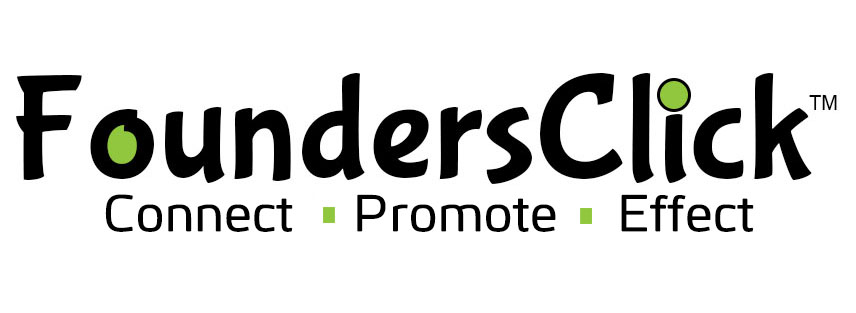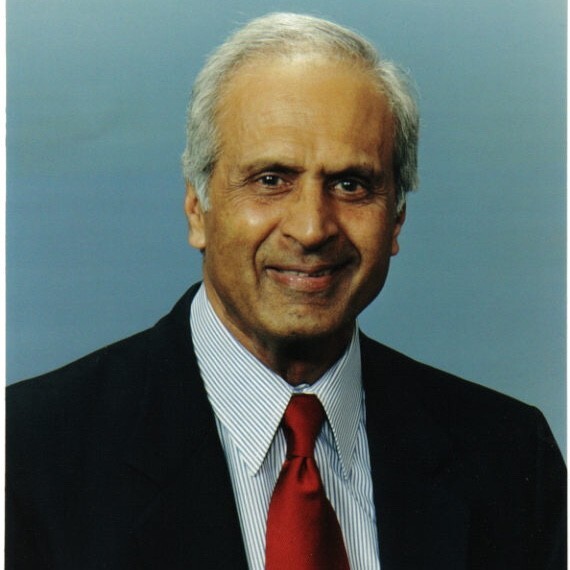By Dilip Saraf
I have many clients in stages of their careers seeking to improve their station by advancing in their roles or by finding a better job with a growth path. In many cases when they come to me for help they start with their “baggage” by telling me why they are not best qualified to pursue their dream job because of what they perceive would be an impediment in their being the best candidate for that job.
In almost all such cases my prescription to my clients is very similar: Turn your “baggage” into a blessing by repackaging it in a way that the hiring team finds it compelling. This can apply to age (the most common “baggage”), expertise, experience (too much, and also too little some times), a recent setback or a failure in their job or venture, and so on. So, to transform your “baggage” into a blessing, first you need to become aware of it (the easy part) and then reframe that awareness into a conversation that helps you advance your candidacy to a point where you become the choice candidate. This is easier said than done, but may be more doable with some recent object lessons from my own clients’ experiences:
- Lack of “expertise”: In the case of one client, who was a lead individual contributor at a major retail chain as an IT DevOps expert, he found an opening for a DevOps manager, the next step in his career growth. Upon landing his first interview he quickly realized that his technology expertise did not include the particular platform the hiring company was using, so they sidelined him after the first round and told him that since he did not bring that particular technology expertise they would look for someone who did. This was further compounded by his lack of the manager title, going in.The first interview gave him insights about the real needs in that job that were not apparent in the job description. So, using the knowledge gleaned from that interview we framed a note to the hiring manager stating that their real need was not someone who had the particular platform experience, but understanding the whole development cycle and the release process to get things back on a rhythm, which was important to them. We fortified that claim by showing how quickly my client learned the technology he used at his current job without being knowledgeable in it before taking that on. His manager had just resigned (true story) at his current job and he presented himself as the person next in line for that role. These arguments cinched the deal and my client was offered the manager role with a major increase in compensation.
- Wrong “space”: You often get ignored when the hiring managers think that your lack of experience in their own space is a disqualifier. For example, if you have worked in product design for medical technology firms your entire career, being considered as a viable candidate for a similar role in consumer electronics would be a major leap. The main obstacles are cycle times (consumer products are churned out every few months, whereas medical products take many years to launch. Cost is yet another factor).In the case of one client when moving from biomedical to consumer product-design role we were able to overcome that obstacle by showcasing the design rigor expected in medical designs as an asset in consumer products. My client was able to present recent example of “consumer enterprise” products that helped him win the argument and he got the job. He was able to use his success in rigorous design practices that would prevent massive product recalls (a’ la GM’s ignition switch) because of the design mindsets that must be overcome to be successful and to develop consumer loyalty.
- Career hopping: In today’s job market it is not always possible for job security, even in established companies. Companies get acquired, restructured, downsized, outsourced, and implement arbitrary rank and yank policies. So, if your résumé looks spotty with chronology gaps and job-hops that are getting in the way of your being seen as a “stable” hire, you must find a way to first package your résumé so that it has presentable optics, without lying about any of its elements.So, if you worked at three start-ups during a three-year period see if can package that three-year stint as an Entrepreneurial Venture. In addition if each of the start-ups could not survive try to package your experience as what you learned at each start-up as something you can present as a valuable experience during your job search and interviews. In most cases it is how you present your case more than what happened to you as a result of those “setbacks.” In the case of one client, who had gone through three start-ups in four years, the hiring manager was taken by her entrepreneurial spirit, especially when he saw her expertise in one particular technology areas that was important to him.
- Different Function: This often happens when one is trying to move from one functional area to another and you have no “experience” in that particular area. In the case of one client she had started her career, right after graduation, as an HR person in retail. After five years in that function she decided to move into Sales in the enterprise space. To make her an attractive candidate we were able to showcase how she hired the right floor people in retail sales and how she trained them as their HR person to excel in customer relationships turned the tables and she was hired as an account person in a major enterprise company.
- Too old/Too young: In both these situations one needs to first figure out strategies that get you in front of the decision makers. This is usually half the battle. In the case of your being seen as too old, package your message (résumé and LinkedIn) to avoid going too far back in your chronology. After listing your most recent 10-12 years make the final entry as “Prior-” Also avoid graduation years and some other telltale signs of age that may leak through how you package your message. A typical résumé is seen for about 10 seconds or less, so use that advantage to make your message inviting.Once you are in an interview focus on the value you bring and not on how long you have been working. Make that value statement directly relevant to the hiring manger. In the case of one client she had worked in the enterprise space for nearly 25 years and was seen as too old for this start-up. When she convinced the start-up CEO how they could leverage her relationship-building skills to break into new accounts she was hired.
Similar logic (in reverse) works when your lack of experience gets in the way. In the case of one client, barely out of college for two years, we were able to expand his résumé with the summer stints and internships he had done, in addition to his successful “garage venture.” During the interview he was able to sell himself on his ability to bring fresh thinking to the team and gave an actual example of how he would solve a problem that they did not know they had.
So, the mindset of having “baggage” that is going to get in your way of securing your dream job is just that, a mindset. As that cat in the picture, confidently, only you can transform that mindset into a blessing to get what you are after and actually secure it with the right strategy, masterfully executed.
Good luck!

 SkillClick
SkillClick
